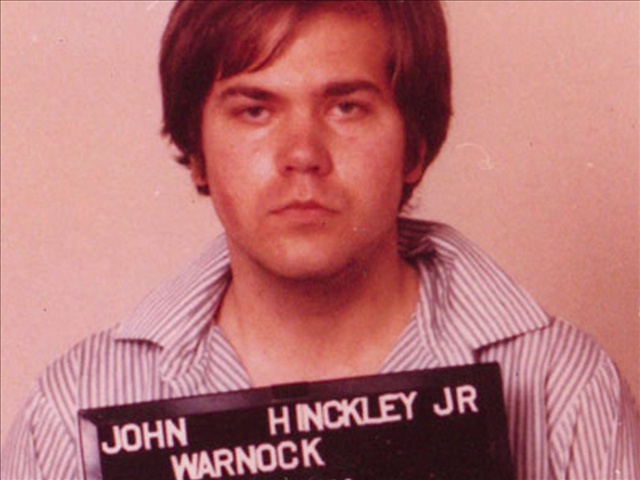
About once a month, I receive a panicky telephone call or email from a distraught parent who attempted to get an adult child with a mental disorder involuntarily committed in Fairfax County, Virginia, where I live.
Forcing someone into a hospital for treatment is a desperate act that is traumatic for the person who is ill and their entire family. It should only be done when all other options have failed.
The parents who contact me were stymied by one of the special magistrates who ultimately decide if a person meets the legal criteria to be forced into a hospital. We have three such magistrates in our suburban Washington D.C. county and two of them, Mark H. Bodner and Jose E. Aunon, are known state-wide for being reluctant to approve involuntary commitments.
“My son,” one caller told me, “has a long history of mental illness. He was living in our basement where he was hearing voices and talked about killing himself.”
Another parent said, “Our daughter was violent and her psychiatrist recommended that she be hospitalized.”
In both instances, the Fairfax special magistrates refused to authorize an involuntary commitment, the parents reported.
 Two unrelated stories last week caused me to think about how easy it is to blame others without “walking in” their shoes.
Two unrelated stories last week caused me to think about how easy it is to blame others without “walking in” their shoes.





